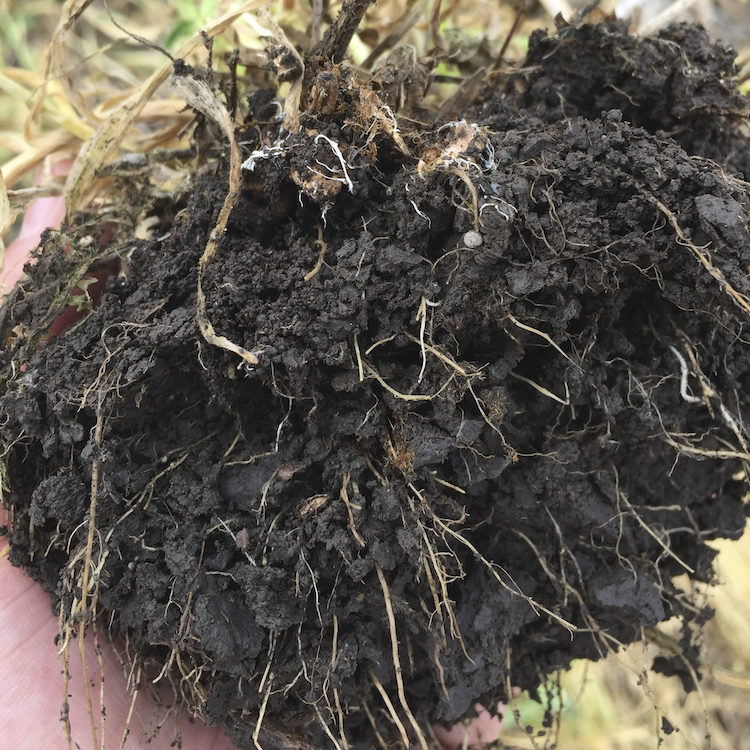No-Till Farmer
Get full access NOW to the most comprehensive, powerful and easy-to-use online resource for no-tillage practices. Just one good idea will pay for your subscription hundreds of times over.

Soggy fields and heavy grain carts are a common combination in fall, and can lead to deeply rutted and compacted fields. And it’s no joke. Soil compaction can reduce yields by up to 60% and it’s been shown to persist for up to 9 years, according to Jim Hoorman.
While the weight of equipment and traffic patterns are obviously big factors in compaction, what determines the severity of compaction is soil biology, Hoorman explained at the 2020 National No-Tillage Conference. And soil biology can be improved by following the principles of soil health, which include:
Ideally, soil is composed of 50% solids and 50% pore space, says Hoorman. To be more specific, he says the solids are comprised of about 45% inorganic minerals (sand, silt and clay) and 5% organic matter and the pore space is half water (25%) and half air (25%).
Sandy soils, he says, won’t contain that much organic matter — they’re more likely to top out at 2-3% organic matter simply because “it’s a bigger particle, you’re getting oxygen in there and it’s harder to get your organic matter up.”
But, he adds, “today’s degraded…